
As I have mentioned before, we live in the woods in Appalachia. The property is loaded with all sorts of animals, including white-tailed deer, opossums, raccoons, gray squirrels, a variety of mice and other small rodents. We also have many types of songbirds, ravens, barred-owls, and red-shouldered hawks. American Black Ducks sometimes nest in the field as well and Canadian Geese have raised their young in the stream on the property. In addition to that, the property has a feral cat colony that we TNR and support as we can (you can follow the feline adventures HERE).
The creek itself has small fish such as minnows. It also is a state-stocked stream for trout from February through May. We also have crawdads, loads of them, and occasionally they are large enough to get claw meat out of!
This summer when family was here fishing for crawdads, I had an idea that I would try to assemble a primitive trap and catch some myself. I finally had time to do it this weekend to test this out.
First though, crayfish are period for my persona. Not this species (apparently American ones are invasive in England and they practically beg people to catch and eat them, article HERE), but they were a viable food source. The Medieval Histories blog has a nice article that lead me to an early 16th century painting of crawfish catching in Austria as well as a stellar image of a clay trap that I hope to replicate this winter.
In the painting, which comes from the Fishing Book of Maximilian I, you can see a trap in one area of it, it is similar in shape to commercial traps you can buy today and I believe it works similarly to the style I opted to construct, even if it looks far more refined than mine.
This summer when family was here fishing for crawdads, I had an idea that I would try to assemble a primitive trap and catch some myself. I finally had time to do it this weekend to test this out.
First though, crayfish are period for my persona. Not this species (apparently American ones are invasive in England and they practically beg people to catch and eat them, article HERE), but they were a viable food source. The Medieval Histories blog has a nice article that lead me to an early 16th century painting of crawfish catching in Austria as well as a stellar image of a clay trap that I hope to replicate this winter.
In the painting, which comes from the Fishing Book of Maximilian I, you can see a trap in one area of it, it is similar in shape to commercial traps you can buy today and I believe it works similarly to the style I opted to construct, even if it looks far more refined than mine.
A fifteenth century painting from Lombardy possibly shows people dining on crayfish. Unfortunately, the article that discusses this painting, “The Cultural History of Crayfish”, is not one I have been yet able to access by any means. I do, however, wonder if these are actually meant to be lobsters?
And most importantly, it is detailed in Tacuinum Sanitatis, a commonplace book from Italy that was based on an 11th century Arabic medical work. The book was reproduced in Latin from the 13th century onward and first printed in the 16th century. This text notes that the nature of the crayfish is warm and dry in the second degree, with the optimal ones being fresh and yellow colored. For uses? They increase coitus (lol)! Danger in them is sleeping, but this can be neutralized by sprinkling them with almonds and olive oil.
And most importantly, it is detailed in Tacuinum Sanitatis, a commonplace book from Italy that was based on an 11th century Arabic medical work. The book was reproduced in Latin from the 13th century onward and first printed in the 16th century. This text notes that the nature of the crayfish is warm and dry in the second degree, with the optimal ones being fresh and yellow colored. For uses? They increase coitus (lol)! Danger in them is sleeping, but this can be neutralized by sprinkling them with almonds and olive oil.
Typical of myself, I had another great reference for crayfish in the Middle Ages, but I was plowing through books at the time and not really taking notes. When I find that again, I will amend this entry with the information.
Enough background, I decided to make a trap. I did not really plan anything or research beyond anything mentioned above, and decided to go with a primitive trap style that I had vaguely seen on TV during one of the thousand episodes of reality survival shows that are a huge hit with my partner. I understood the basic concept of using a cone within a cone that allows them to easily swim in to find the bait, but it makes it difficult for them to get back out. I gave myself the parameter of using all foraged material, with the exception of some nettle yarn that I had in my stash. Nettle is a bast fibre (along with things like linen and hemp) and these are very strong when wet. This yarn is one that I had purchased some time ago for weaving but it is too coarse for most of the weaving I do, something which made it a great candidate for this (and it helps bust-the-stash).
The uprights for both the inner and outer basket were harvested when I felled a dying lilac tree in the yard. There were new shoots coming up that were delightfully straight and still pliable so I made use of those. These were all cut out with modern loppers during the process of yardwork.
Enough background, I decided to make a trap. I did not really plan anything or research beyond anything mentioned above, and decided to go with a primitive trap style that I had vaguely seen on TV during one of the thousand episodes of reality survival shows that are a huge hit with my partner. I understood the basic concept of using a cone within a cone that allows them to easily swim in to find the bait, but it makes it difficult for them to get back out. I gave myself the parameter of using all foraged material, with the exception of some nettle yarn that I had in my stash. Nettle is a bast fibre (along with things like linen and hemp) and these are very strong when wet. This yarn is one that I had purchased some time ago for weaving but it is too coarse for most of the weaving I do, something which made it a great candidate for this (and it helps bust-the-stash).
The uprights for both the inner and outer basket were harvested when I felled a dying lilac tree in the yard. There were new shoots coming up that were delightfully straight and still pliable so I made use of those. These were all cut out with modern loppers during the process of yardwork.
For the woven pieces, I started foraging with just a knife (a modern survival type knife as I do not yet have a larger period one), but I have issues with my hands that forced me to resort to modern tools after about an hour of cutting branches. I used the loppers (cannot find my pruners yet again) and scissors to finish the task.
I started by fashioning four hoops to fix the uprights too (two for each cone). I used long, thin lilac shoots for these. I tied heavier lilac shoots to those to form the base of the structure.
I started weaving in the rest of the small lilac shoots in and out of the uprights until the whole basket was filled in. I quickly ran out of lilac and tried several other types of plants on the property. There is some type of young honeysuckle branches that worked fabulously as long as I harvested the newer ones (the older were too ‘woody’ and broke easily). Autumn Olive/Silverberry also worked well, provided, again, that I used only the younger branches. Some things did not work at all, and those being the stems from Staghorn Sumac. They were straight and pliable, but bend sharply with very little pressure.
Eventually I had raided all the viable honeysuckle and I had to quest a bit further and found a bit of vine from wild grapes. Only a little of this was still pliable enough to work, but the moonseed vines were amazing, and the small inner basket was almost entirely comprised of that plant.
The inner basket fit well into the outer one but I was worried that smaller critters could slip out, so I stuffed in twists of invasive stiltgrass to fill in the gap between the two.
I started by fashioning four hoops to fix the uprights too (two for each cone). I used long, thin lilac shoots for these. I tied heavier lilac shoots to those to form the base of the structure.
I started weaving in the rest of the small lilac shoots in and out of the uprights until the whole basket was filled in. I quickly ran out of lilac and tried several other types of plants on the property. There is some type of young honeysuckle branches that worked fabulously as long as I harvested the newer ones (the older were too ‘woody’ and broke easily). Autumn Olive/Silverberry also worked well, provided, again, that I used only the younger branches. Some things did not work at all, and those being the stems from Staghorn Sumac. They were straight and pliable, but bend sharply with very little pressure.
Eventually I had raided all the viable honeysuckle and I had to quest a bit further and found a bit of vine from wild grapes. Only a little of this was still pliable enough to work, but the moonseed vines were amazing, and the small inner basket was almost entirely comprised of that plant.
The inner basket fit well into the outer one but I was worried that smaller critters could slip out, so I stuffed in twists of invasive stiltgrass to fill in the gap between the two.
After baiting it with cat food (I had planned to use dinner leftovers but there were none), I took the trap to the creek last night and chose a somewhat deep (if you can call it that at this time of year) area and laid down the trap, using stones to hold the tail end down and a stick wedged under a log to keep it submerged.
This morning, I dashed down to check my work, and I was delighted to find I had 5 decent sized (for this area) crawdads in the trap! I initially thought it was four, but saw the fifth hiding in the bottom of it as I was getting ready to release the little guys back to the stream.
This morning, I dashed down to check my work, and I was delighted to find I had 5 decent sized (for this area) crawdads in the trap! I initially thought it was four, but saw the fifth hiding in the bottom of it as I was getting ready to release the little guys back to the stream.

I am absolutely going to call this trap a success! I doubt I will make another, it was very, very hard on my hands winding in all of those vines and branches, and construction took about 10 hours. But I am drying this trap to test out again in the future.
Also, check out this weirdo crawfish (lobster?) from the Medieval Sketches of Villard de Honnecourt, from 13th Century France found on the Medievalist.net.
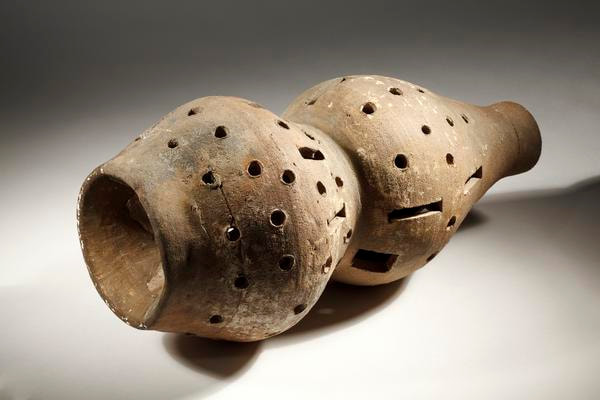
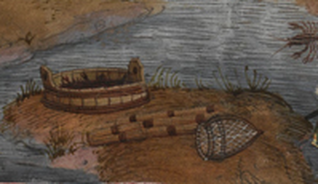

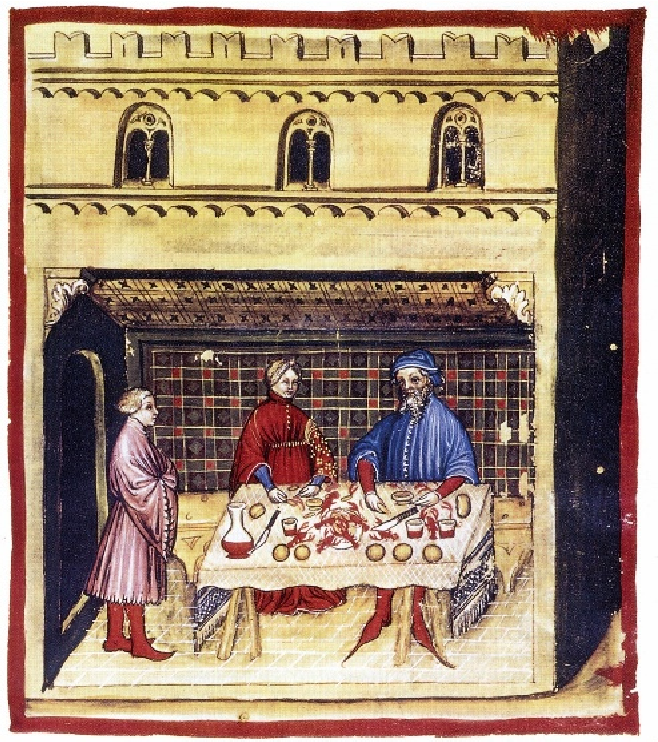
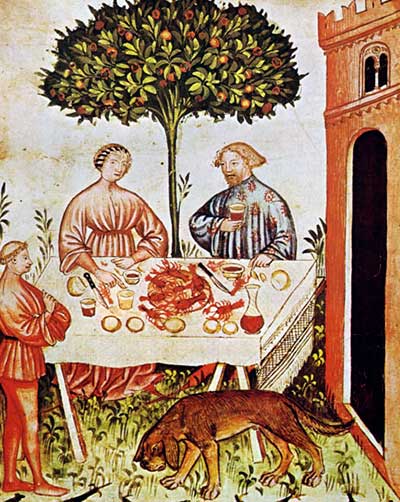
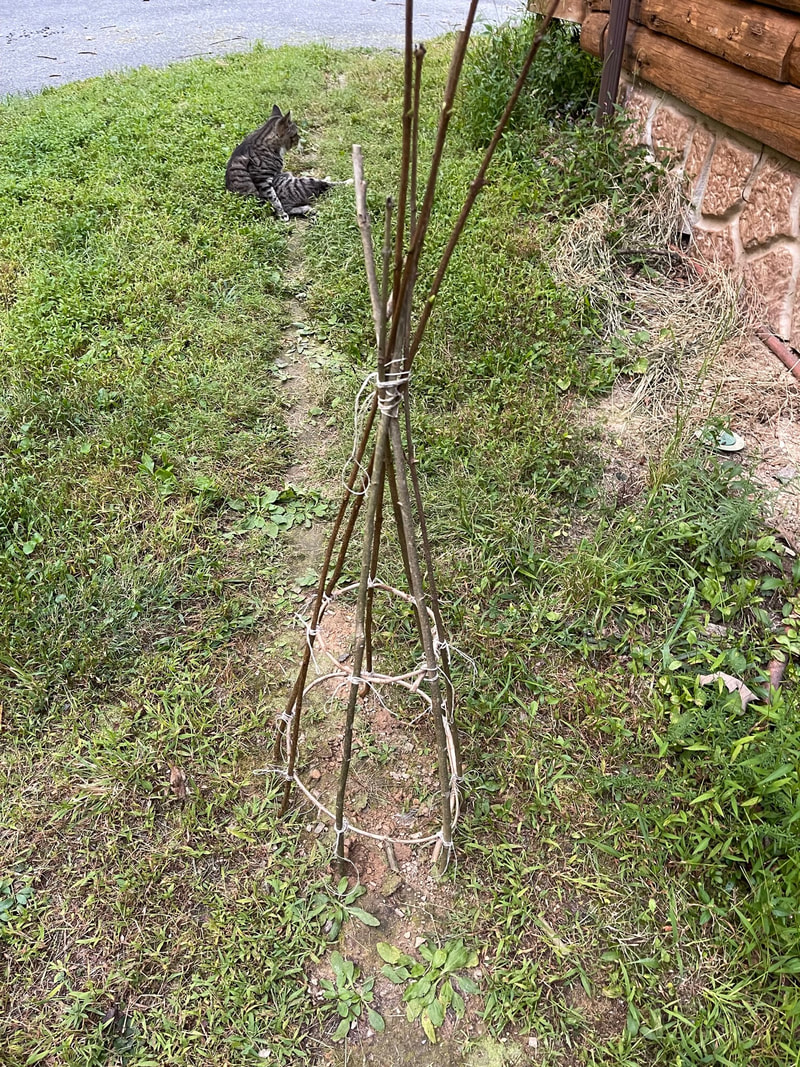
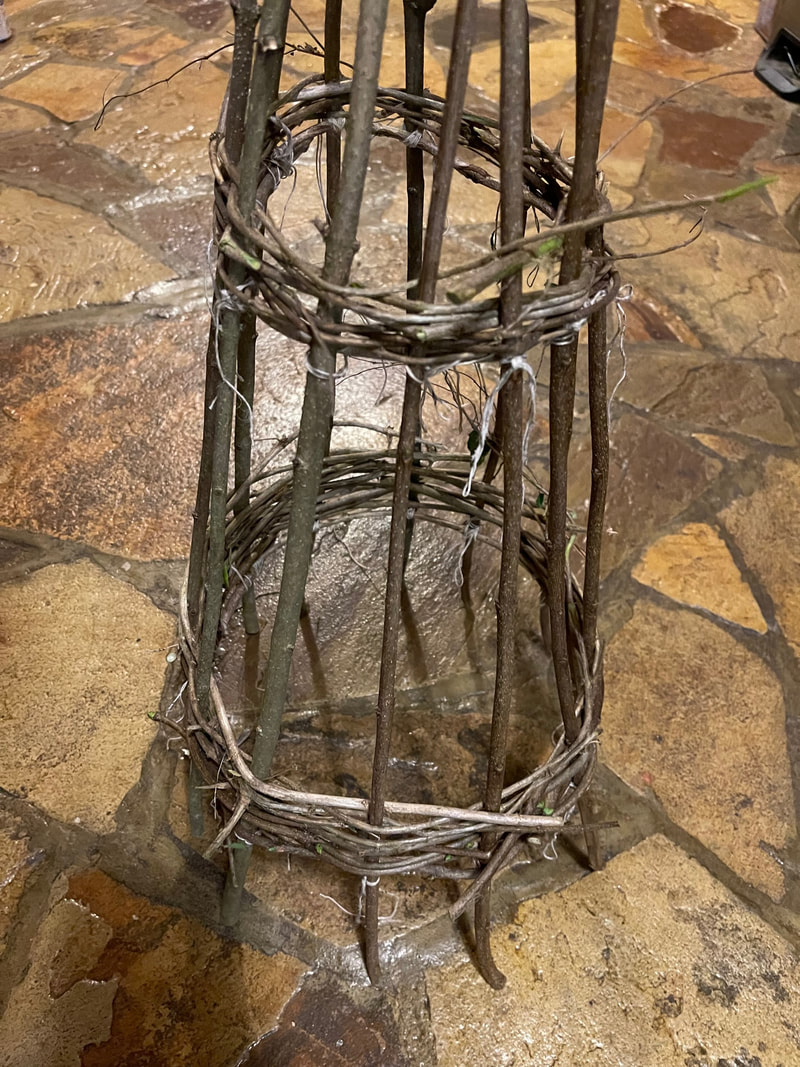
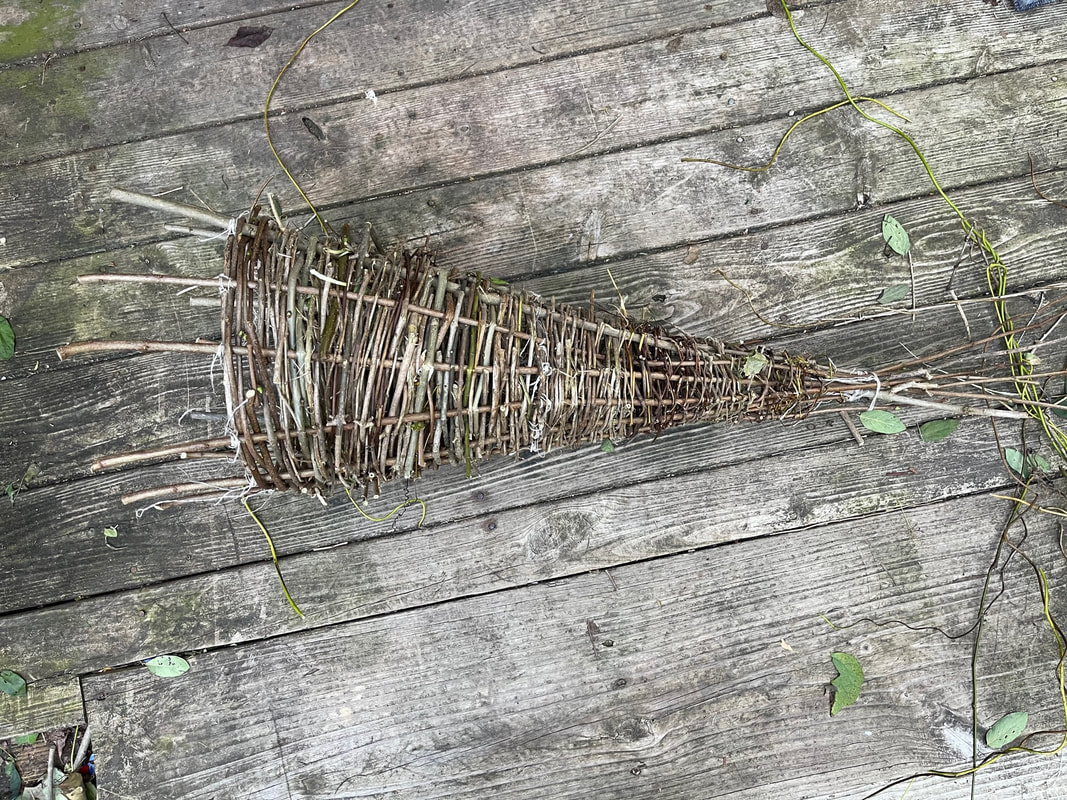
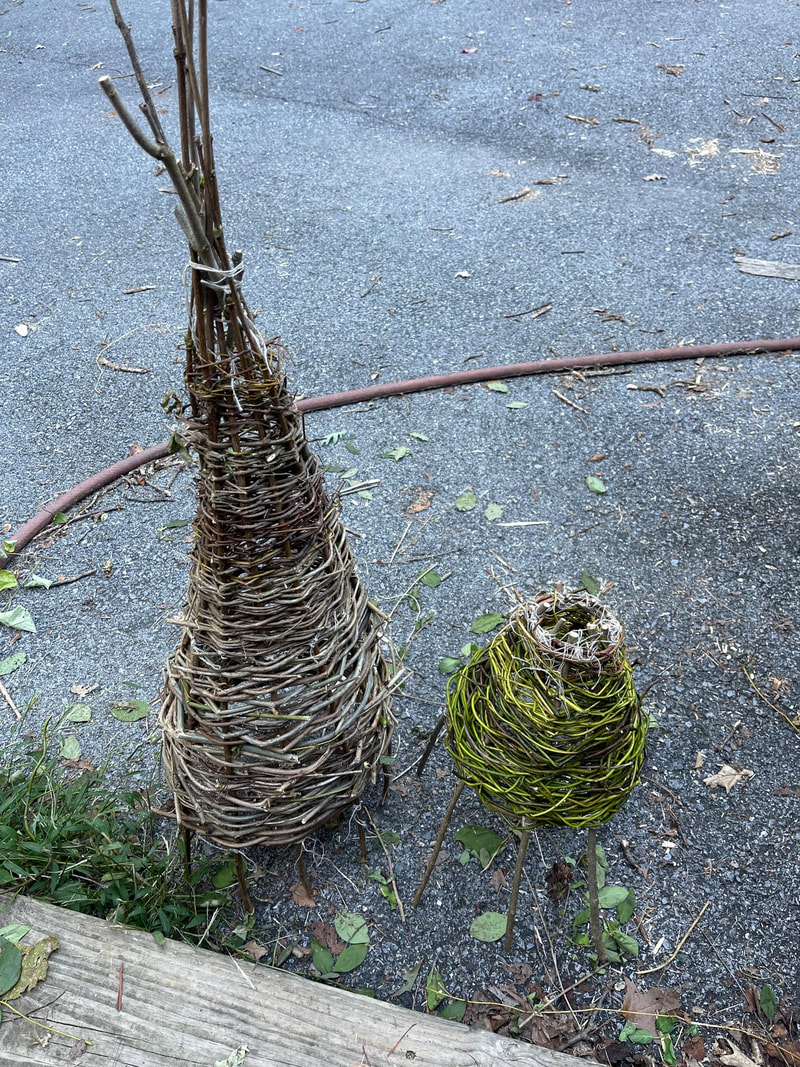
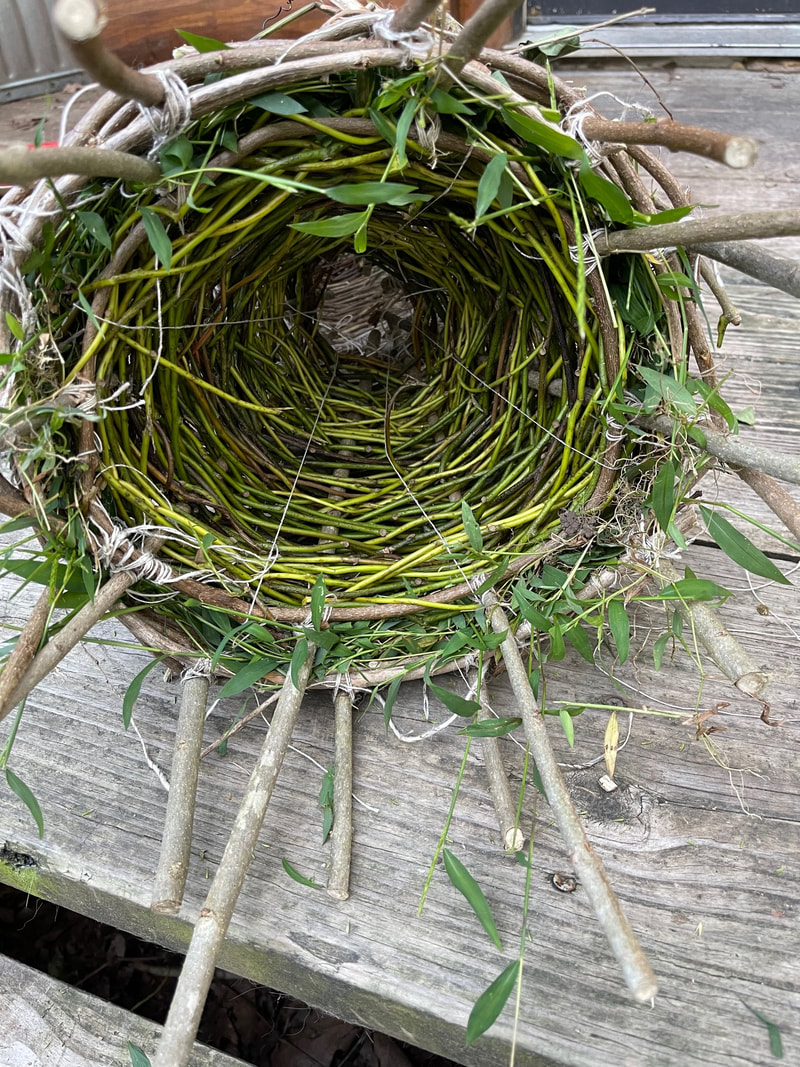
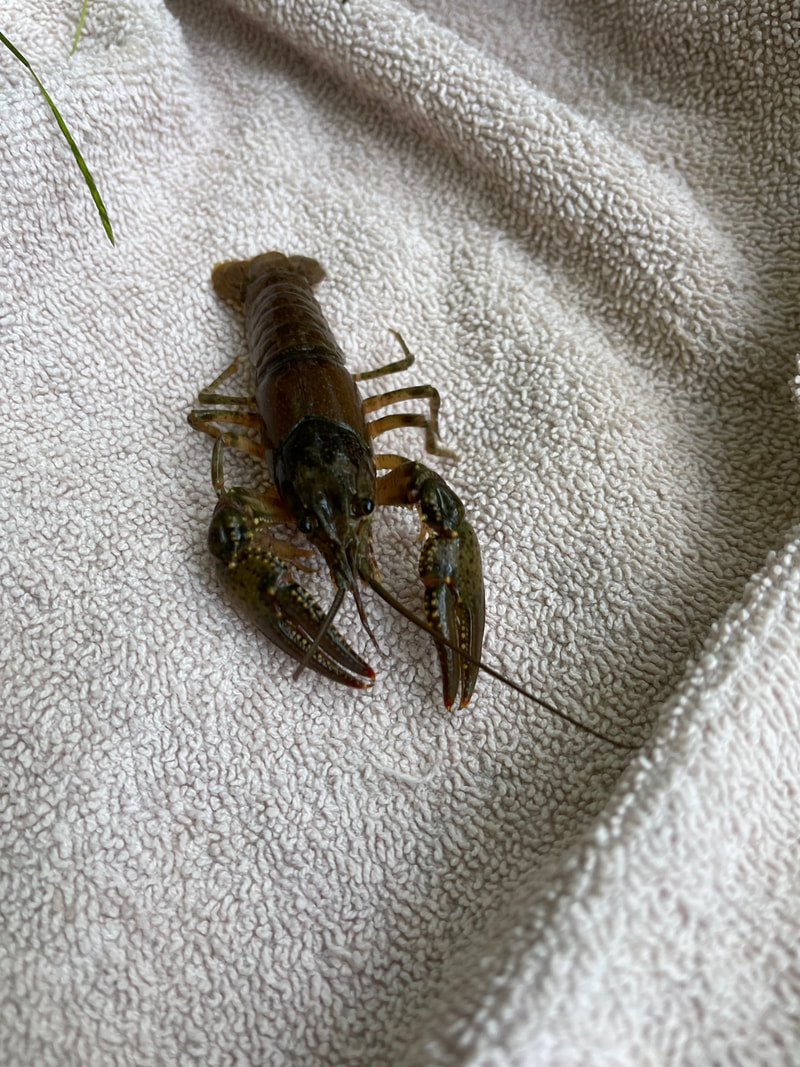
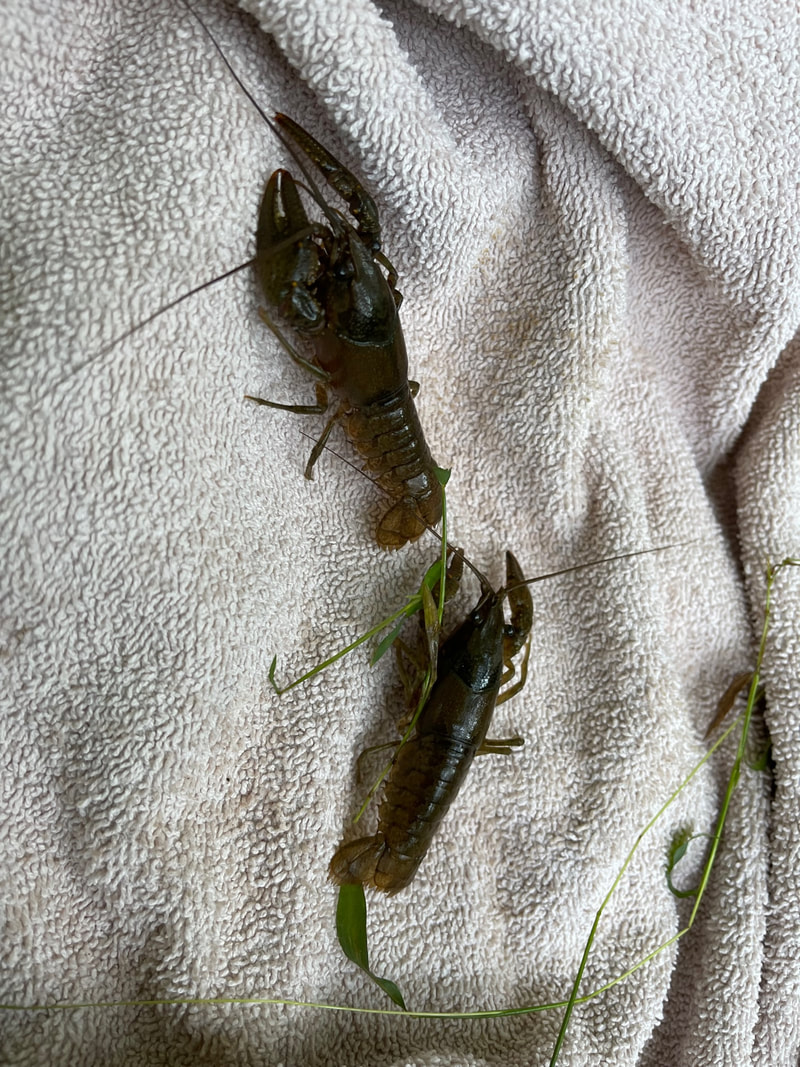
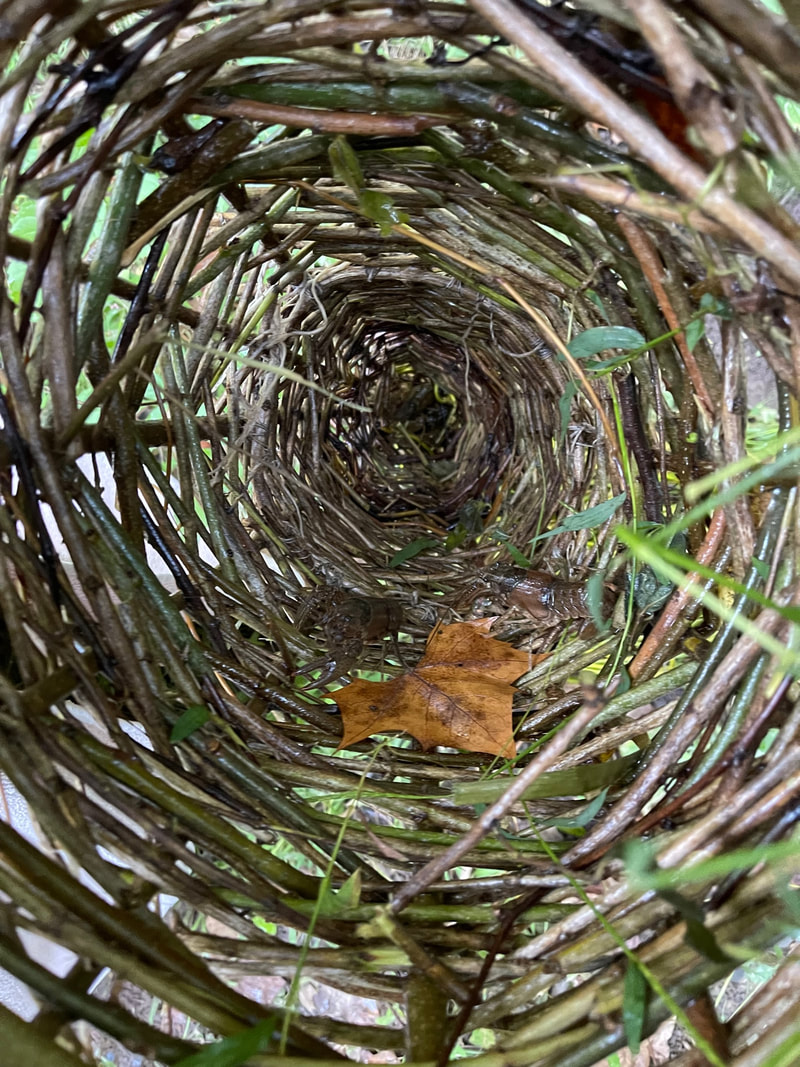
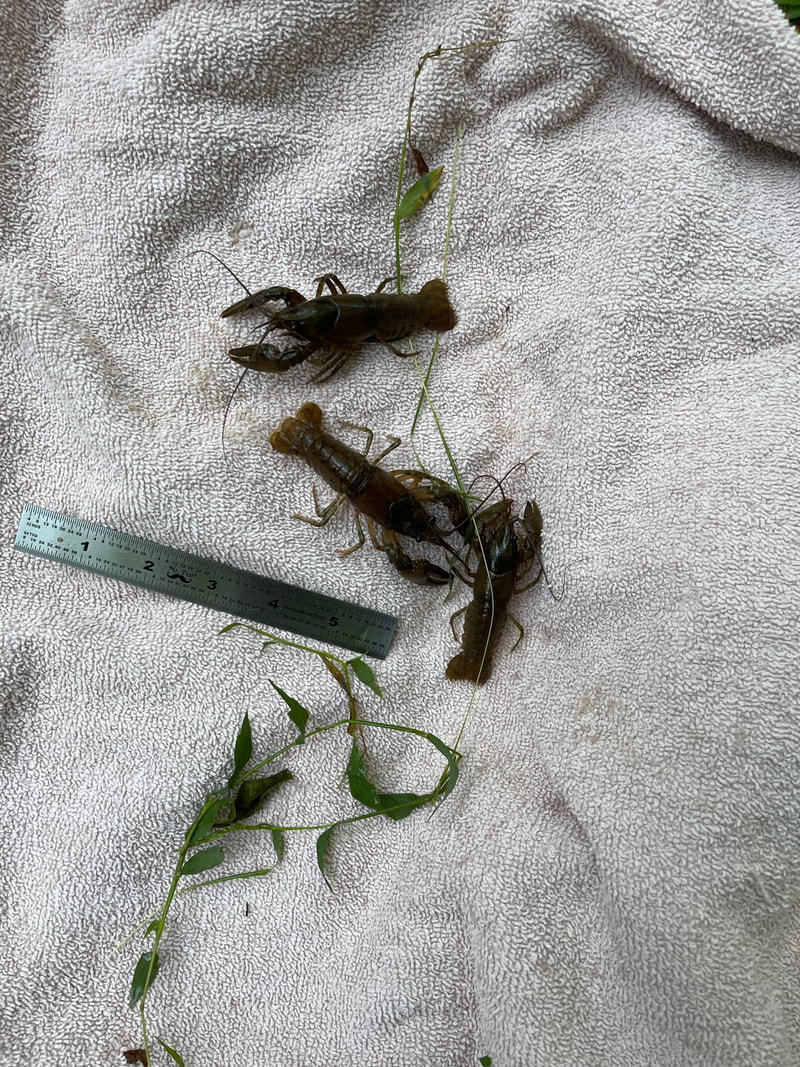
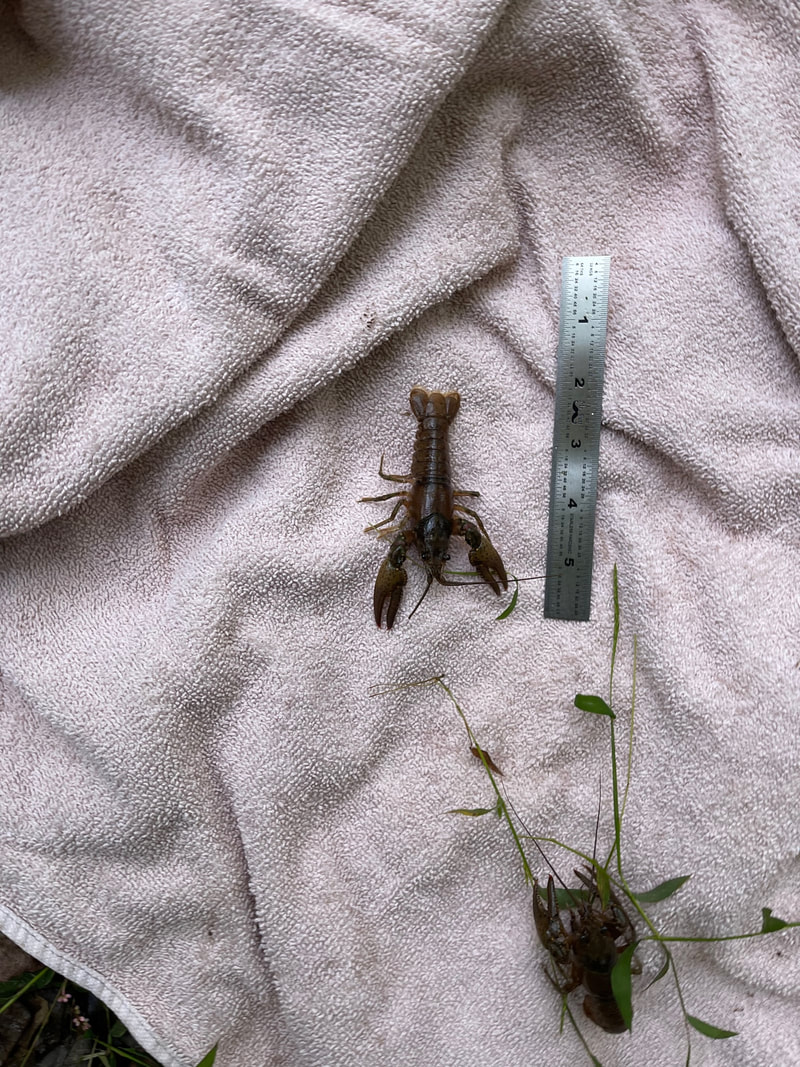
 RSS Feed
RSS Feed